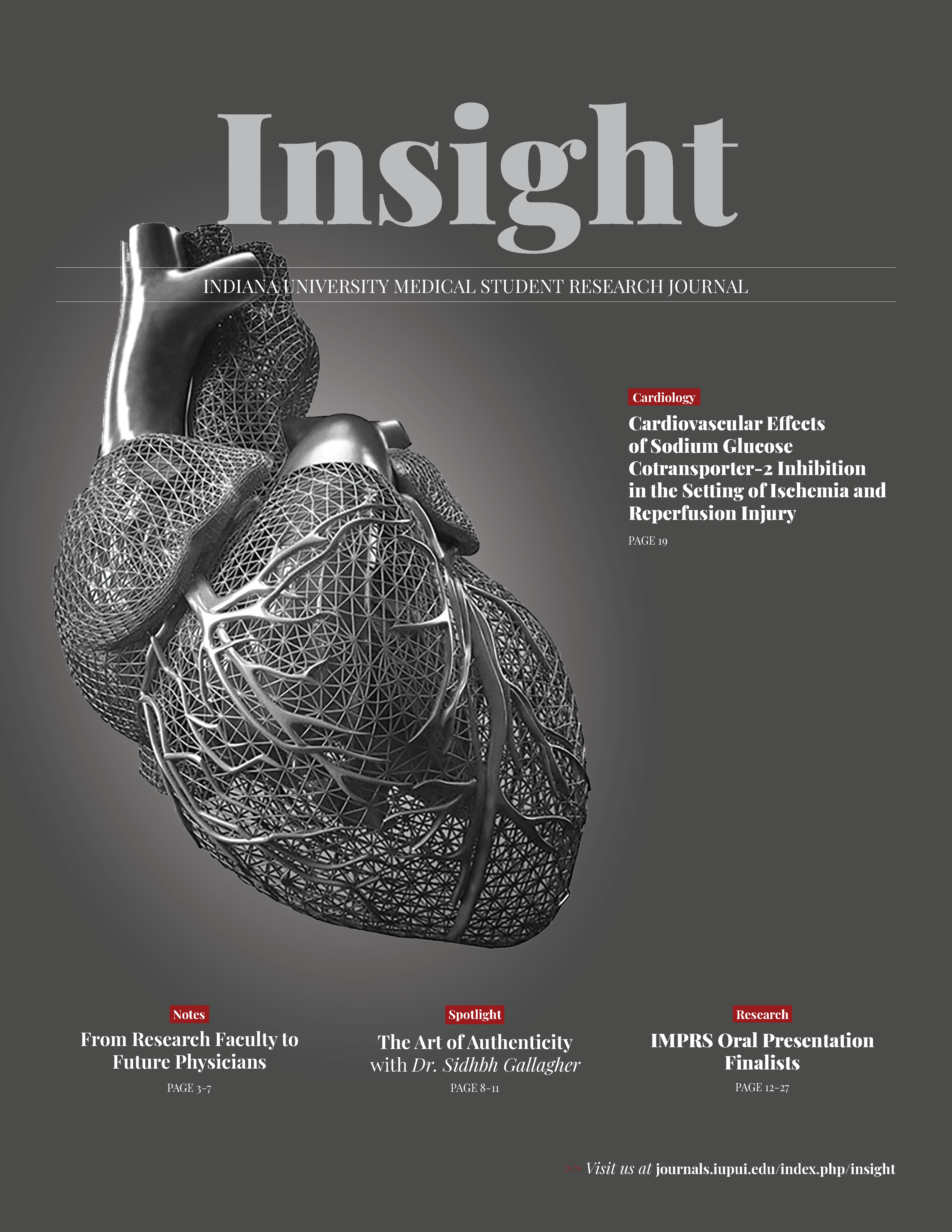Gabapentin Targeting and Bone Mineralization Defects: Proposed Mechanism for Increased Fracture Risk in Patients Taking GBP-Class Anti-Epileptic Drugs
Abstract
Background: Gabapentin (GBP) is an anti-epileptic drug and first-line therapy for neuropathic pain prescribed to 43 million patients in the US. Unfortunately, GBP use is associated with metabolic bone disease, leading to a 2 to 6-fold increased fracture incidence. Until now, the pathophysiology of this drug-induced bone loss was unknown. We hypothesize that the impaired bone mineralization and skeletal defects is a result of downstream effects of GBP targeting of the α2β1 subunit, the only known GBP receptor.
Methods: In vitro: Murine mesenchymal progenitor cells (MPC-2) were treated with GBP doses varying from 0.5mM to 50mM while undergoing osteoblast differentiation for 1 or 2 weeks. Mineralization was assessed by Alizarin red stain. Gene expression was measured by RT-qPCR. In vivo: The bone phenotype of mice lacking the α2β1 subunit was analyzed by longitudinal DXA analyses and examined histologically.
Results: In vitro: MPC-2 cells treated with 50mM GBP while differentiating for 1 and 2 weeks had decreased osteoblast mineralization and a 7-fold reduction and 4 fold reduction, respectively, in DMP1. In vivo: Male and female α2β1 knockout mice showed a significant decrease in whole body longitudinal (6 wk – 18 wk) bone mineral density (BMD) in males (p<0.001) and females (p=0.014), along with severe osteomalacia, displaying unmineralized osteoid in the trabecular compartment of the distal femoral metaphyses.
Conclusion: The impaired mineralization observed following α2β1 deletion, coupled with reduced differentiation of MPC-2 cells treated with GBP suggests that GBP regulates bone quality through a novel mechanism influencing phosphate wasting or 1,25 vitamin D deficiency leading to fracture. With this awareness physicians can monitor these patients for bone mass loss and prescribe drugs to prevent AED-mediated fracture.
Downloads
Published
Issue
Section
License
Copyright to works published in Insight is retained by the author(s).

